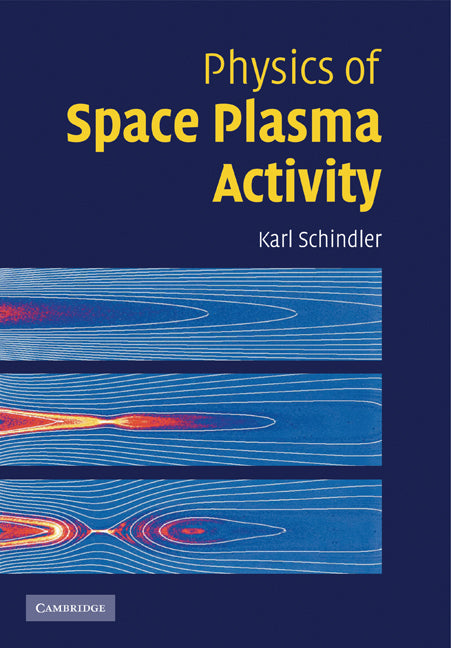Freshly Printed - allow 8 days lead
Couldn't load pickup availability
Physics of Space Plasma Activity
This book provdes a detailed treatment of space plasma for graduate students and academic researchers in astrophysics and plasma physics.
Karl Schindler (Author)
9780521142366, Cambridge University Press
Paperback, published 22 April 2010
524 pages
24.4 x 17 x 2.7 cm, 0.83 kg
Review of the hardback: 'The subject is not only of inherent academic interest but also of practical relevance to human society at the start of the third millennium.' Surveys in Geophysics
Space plasma is so hot that the atoms break up into charged particles which then become trapped and stored in magnetic fields. When critical conditions are reached the magnetic field breaks up, releasing a large amount of energy and causing dramatic phenomena. The largest space plasma activity events observed in the solar system occur on the Sun, when coronal mass ejections expel several billion tons of plasma mass into space. This book provides a coherent and detailed treatment of the physical background of large plasma eruptions in space. It provides the background necessary for dealing with space plasma activity, and allows the reader to reach a deeper understanding of this fascinating natural event. The book employs both fluid and kinetic models, and discusses the applications to magnetospheric and solar activity. This will form an interesting reference for graduate students and academic researchers in the fields of astrophysics and plasma physics.
Preface
1. Introduction
Part I. Setting the Scene: 2. Sites of activity
3. Plasma models
Part II. Quiescence: 4. Introduction
5. Magnetohydrodynamic states
6. Particle picture of steady states
7. A unified theory of steady states
8. Quasi-static evolution and thin current sheets (TCS)
Part III. Dynamics: 9. Nonideal effects
10. Selected macroinstabilities
11. Magnetic reconnection
12. Aspects of bifurcation and nonlinear dynamics
Part IV. Applications: 13. Magnetospheric activity
14. Models of solar activity
15. Discussion
Appendix 1. Unified theory: details and derivations
Appendix 2. Variational principle for collisionless plasmas
Appendix 3. Symbols and fundamental constants
References
Index.


